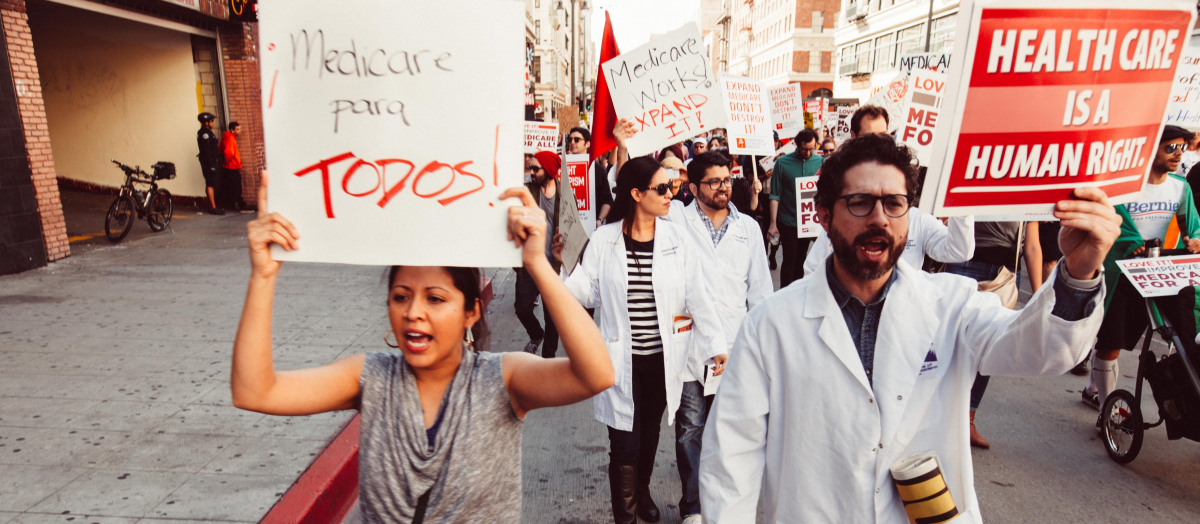Call her our $250,000 baby.
In July my uneventful pregnancy took a turn—I developed a serious condition called preeclampsia and had to deliver a month early. Paloma weighed less than five pounds at birth, and spent a week in neonatal intensive care.
She was one of the larger and healthier babies in the ward; I learned that a stint in baby intensive care isn’t unusual these days. I’m grateful to live in a time and place where babies and mothers can survive what Paloma and I did. A century ago we might not have been so lucky.
After we got home, the bills started arriving. The sticker price for our eventful week tallied up to $249,375, giving my husband and me something else to be grateful for: health insurance. We quickly hit our deductible, then our out-of-pocket maximum—so the episode was still thousands-of-dollars expensive, but not plunge-us-into-bankruptcy expensive.
SUPER EXPENSIVE
How much did Paloma‘s birth really cost? Surely not a quarter-million bucks. Hospitals routinely mark their prices way up, knowing that insurers will bargain them back down.
But the expense must have been significant. During my C-section and recovery, legions of people worked to care for me—including the nursing assistants, nurses, physician assistants, transporters, and doctors I met, as well as workers I never saw but relied on to clean my operating room, cook my meals, launder my sheets, fill my prescriptions, and sterilize the surgical blade.
Meanwhile Paloma had nurses by her day and night, teams of doctors visiting her bedside, and an orchestra of beeping computers hooked up to her bassinet.
There’s no question: hospitals are expensive to run. But in other industrialized countries, individual families aren’t expected to shoulder the bills—just as people whose homes catch fire aren’t made to fund the whole fire department. We all want a fire department, so it’s publicly funded.
A BETTER WAY
Not coincidentally, the U.S. spends far more per person on health care—nearly $10,000 a year—than any other industrialized nation. Universal care requires higher taxes, but when you stack that up to your annual premiums, co-pays, deductible, and coinsurance, most people would come out well ahead.
A big part of the savings in single-payer comes from administrative overhead, which is to say all the labor that doctors, hospitals, drug companies, and insurers put into billing each other and you. (The profit itself is one layer of waste, and another layer is the energy spent chasing it.)
Our insurance company mailed us a whole tree—200 pages breaking out Paloma’s care into mysterious line items like: “IC LBW INF 1500-2500 G SUBSQ,” for which the hospital billed $724 and we owed $392. The next day it cost $724 again, but we owed $92. It’s impossible for a non-expert to check these arcane documents for errors, or know how hefty a bill to expect, much less comparison-shop.
Even among the Americans lucky enough to have employer-sponsored single coverage, a Kaiser Family Foundation survey found that this year’s average deductible—what you spend before your insurance kicks in—was $1,505.
Most annual out-of-pocket maximums topped $3,000. For many working-class people, that’s enough to clean out your bank account. No wonder folks are hesitant to seek care.
So I’m thrilled that one lasting effect of Bernie Sanders’ presidential campaign—combined with popular indignation at Republican attacks on the Affordable Care Act, Medicaid, and Medicare—has been to build momentum for universal health care. It’s way overdue.
Hillary Clinton once called single-payer “an idea that will never, ever come to pass” and has compared it to promising every American a pony. But most people want it, the AFL-CIO is getting on board—and this fall, Sanders’ bill kicked off with 16 co-sponsors and the support of one-third of Senate Democrats. Let’s get this done before Paloma grows up!



